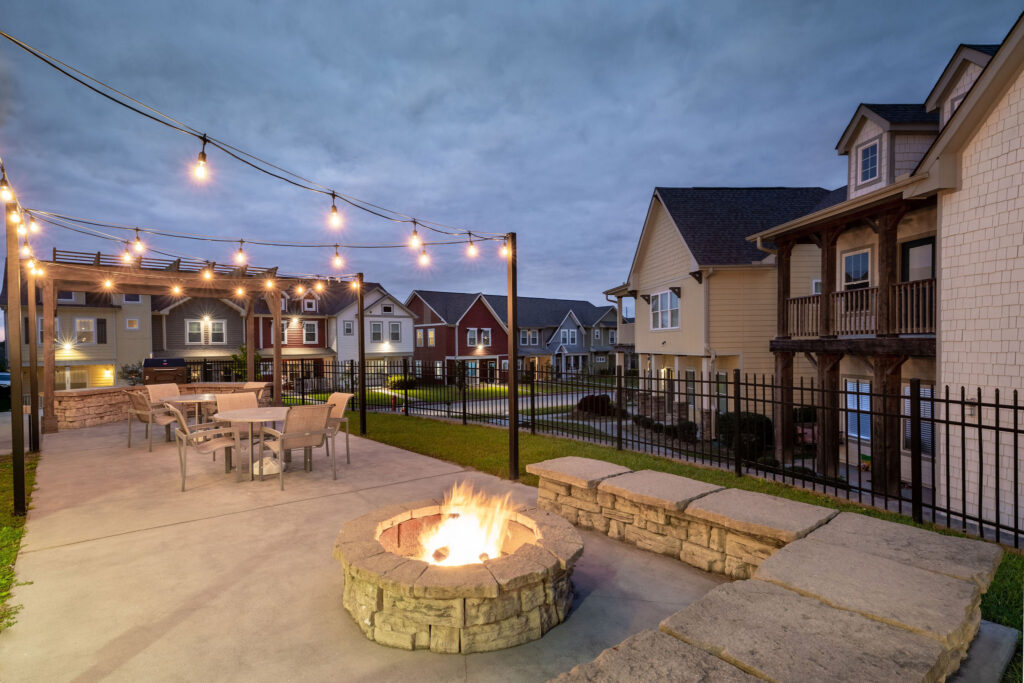Student Housing
Student Housing
The Student Housing sector has evolved from a niche sector to a major asset class within commercial real estate. In the 1980s and early 1990s, student housing was primarily dominated by on-campus dormitories and scattered site off-campus options. Investment was limited, with most properties owned and operated by universities or small local landlords. The late 1990s and early 2000s saw the emergence of purpose-built student housing as institutional investors began to recognize the sector’s potential.

This period marked the start of more professionally managed off-campus communities designed specifically for students. By the 2010s, student housing had become a fully established asset class, attracting significant institutional capital. The market saw rapid growth in new construction and acquisitions, with investors drawn to the sector’s recession-resistant qualities and steady cash flows. In recent years, the market has continued to mature. As of 2024, the U.S. student housing investment market has surpassed $10 billion and is projected to exceed $14 billion by 2027. The sector has demonstrated resilience through economic downturns and even the COVID-19 pandemic, further solidifying its position as a valuable asset class. Today’s student housing market is characterized by sophisticated developments that cater to evolving student preferences, with a growing focus on study areas, technology integration, and fitness centers. The sector has also seen increased interest from foreign investors and private capital, including some of the largest Asset Managers in the world.